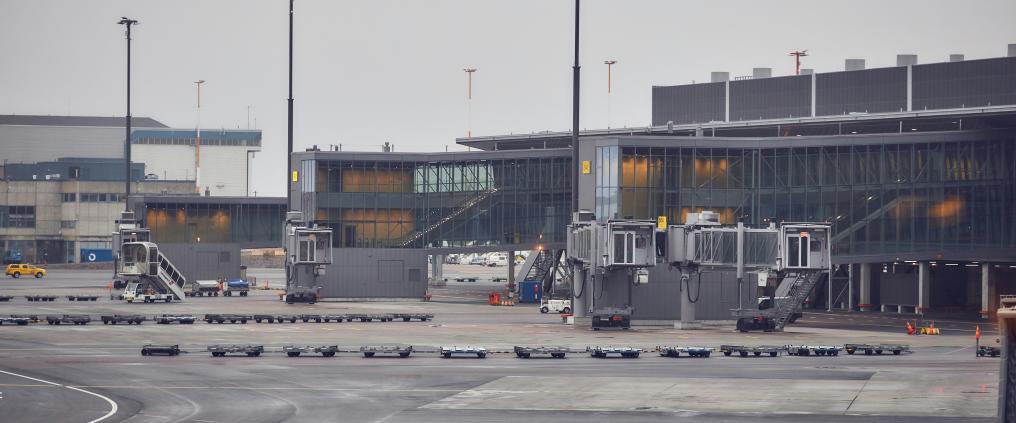Vantaa, Finland, 2020-Jan-21 — /Travel PR News/ — With two passenger bridges, the multiple aircraft ramp system (MARS) can accommodate two small planes or a single wide-body aircraft to which passengers pass through two jet bridges. This allows more and more passengers to board and deboard quickly through passenger bridges.
Many passengers know how much more convenient it is to board or deboard from an airplane to the terminal directly along the tube – officially called a passenger boarding bridge – without bus rides on the apron.
From the airport’s point of view, it also makes sense to cut down on bus rides, which usually require more time and resources. That’s why Helsinki Airport uses passenger bridges for boarding and deboarding whenever possible.
New double passenger bridge solution, introduced this autumn in Helsinki Airport’s new West Pier, will significantly decrease the need for apron buses.
“With two passenger bridges, we can accommodate either two small narrow-body planes or one large wide-body aircraft that can be accessed via two entrances. In the latter case, one tunnel leads to the business class, the other to the economy class door,” says Heini Noronen-Juhola, Deputy Director of Helsinki Airport.
The new solution is called MARS, short for multiple airport ramp system.
A faster start for morning flights
The solution provides flexibility for port use in the non-Schengen area, which serves long-haul flights and, for example, UK and Russian flights.
“During the afternoon rush, there will likely be one big plane on all the bridges, but in the morning and in the forenoon, smaller planes fly to and from Helsinki Airport, heading for London or Moscow, for example. With this new solution, more small aircraft can board and deboard through passenger bridges, which will speed up arrival and departure, especially for morning flights,” explains Noronen-Juhola.
Schengen flights, such as to Paris or Rome, will continue to use conventional passenger bridges.
More efficient also for airlines
Altogether four spots in the new West Pier of Helsinki Airport will have the double-bridge option.
“It’s quite a typical solution at big airports. Often, business and economy classes are boarded though their own bridges. Now was a good time to implement the solution at Helsinki Airport, as we are building a new terminal,” says Noronen-Juhola.
Double bridges can also benefit airlines. “It speeds up boarding and aircraft turnaround, which also improves airlines’ efficiency.”
Collaboration with airlines and ground handlers
The new solution has been designed and is being developed in cooperation with airlines and ground handlers who are responsible for attaching the jet bridges to the planes and boarding passengers.
“For small aircraft, airlines use these gates just like before. For large planes, they have the choice of using one or two bridges for boarding. If a wide-bodied aircraft is boarded through two tunnels, it may require airlines to take on another staff member, which means alterations in their processes.”
All new spots at the South and West Piers have can accommodate a two-bridge solution, but deployment will depend on how much a double-bridge solution is needed. “We believe that the solution is win-win. In general, passengers like to board and deboard through bridges rather than buses, and the airline and airport processes also speed up.”
A new milestone reached in Finavia’s investment programme: the forest-themed West Pier opened
Media contact:
comms@finavia.fi
tel. +358 20 708 2002
Source: Finavia
###

